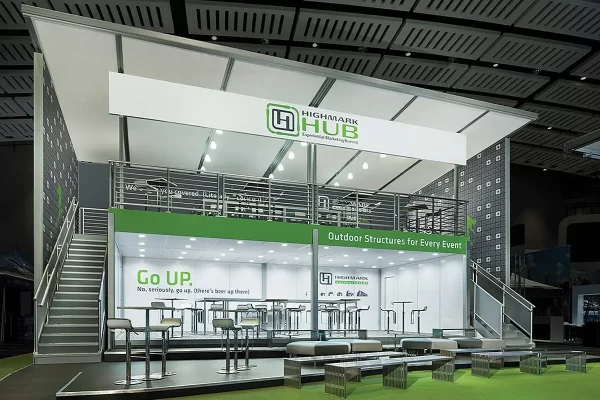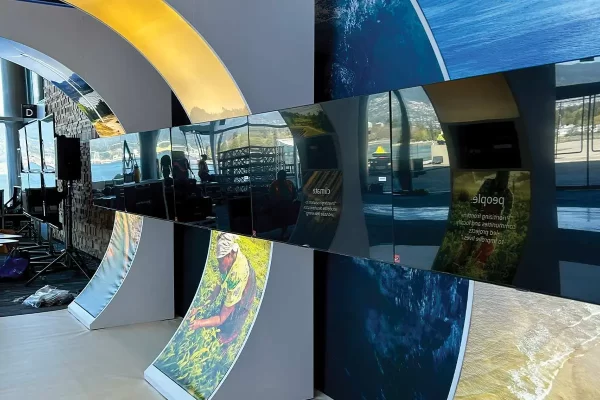 Shawn Bicker, exhibit designer with Exhibit Fair International (EFI), was recently named the Exhibit Designers and Producers Association’s Designer of the Year at ACCESS2011. This award recognizes an individual for his/her contribution to enhancing the professional standards of exhibit design.
Shawn Bicker, exhibit designer with Exhibit Fair International (EFI), was recently named the Exhibit Designers and Producers Association’s Designer of the Year at ACCESS2011. This award recognizes an individual for his/her contribution to enhancing the professional standards of exhibit design.
Bicker graduated with a Bachelor of Science, focusing on Exhibit Design from Bemidji State University. He worked with a large general contractor and enjoyed a long-term freelance career before joining the EFI team.
What does it mean to be recognized as the EDPA Designer of the Year?
To be recognized by your peers is a great accomplishment. I am very proud to be considered in the same ranking as the past designers of the year for the EDPA.
What is your overall goal when you are designing an exhibit?
The ultimate goal of any exhibit is to create an experience that matches the needs and goals of the client. I first look at the space and think of the exhibit as a sculpture that needs to have a specific purpose. I then create an environment that best displays the client’s product and message from within the sculpture.
What are the major challenges that exhibit designers face?
The obvious budget constraints and short deadlines come to mind first. I think the real challenge, however, is coming up with new and innovative designs that are current and speak to the clients overall message.
What current trends do you see in the exhibit design industry?
I see my clients demanding a more versatile exhibit, meaning an exhibit that will fit in multiple sizes, configurations and be used at a variety of venues. Interactivity, such as whiteboard/chalkboard walls, touch-screen televisions and being able to feel and experience the product is another trend that I am witnessing.
What new products are affecting exhibit design?
In addition to new advances in technology, I see the use of texture and lighting making a larger impact within the exhibit space. The use of fabrics, wallpapers and light fixtures have also become a more integral part in my designs.
How is designing a 10-by-10 exhibit different than designing a 20-by-20 or larger?
I think it comes down to the purpose of the exhibit. I have been able to get very intricate and detailed in some small spaces that only require one or two functions On the other hand, with the larger exhibits, you have the space to create more of an overall experience for the attendee. The biggest challenge with the larger spaces is making sure the design is cohesive.
 Are there any common misconceptions about the exhibit design process?
Are there any common misconceptions about the exhibit design process?
Yes, there are misconceptions about the normal ebb and flow of the creative process. The time it takes to draw the exhibit is very different from the time it takes to design the exhibit. Sometimes I know exactly what to do from the start of a new project, and other times, I wake up in the middle of the night with a new idea.
How has technology affected exhibit design?
Technology is definitely affecting what we can do in a design. From the new light-weight super thin televisions and touch screen monitors, to fiber optic and LED lighting, everything is becoming smaller, more affordable and easier to incorporate into an environment.
What design project have you enjoyed working on the most?
I don’t have a favorite design project. All of the designs I create have their own challenges and rewards. I believe that your team and the client have a major effect on the process, the overall design concept and the amount of fun you can have on any given project. Some of the most enjoyable projects I have worked on have been because of the collaboration involved with working out the details of the exhibit.





























